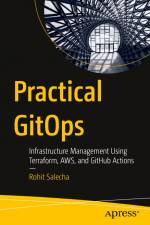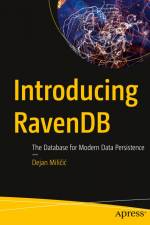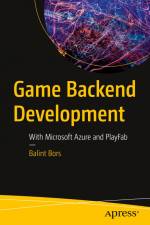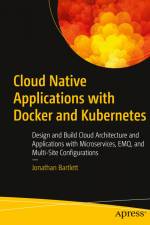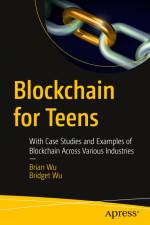av Thomas Smart
741
Know how Serverless and cloud-native systems work, their benefits and roles in automating and optimizing organizations, and the challenges to be considered. Anyone interested in Serverless architecture will benefit from this book, regardless of their level of technical understanding.This revised and expanded new edition explains many related terms, such as microservices, cloud-native, architecture, several relevant AWS services, and how it all works together to produce cost-effective, scalable solutions in the cloud. The book starts at a high level and gradually gets more in-depth and technical.The less technical decision maker will learn how Serverless can affect finance, security, people, and compliance. The book touches on important decisions, such as selecting and working with external or internal specialists and teams; finding, evaluating, and training them; and the flexibility and dynamics available within digital projects.Deployment automation and DevOps also feature heavily in this book, and you will find real-world use cases and examples of Serverless architecture to get you started. It's worth noting that this book is not a development guide; it gives you a comprehensive understanding of what Serverless is so you can make informed decisions for your organization and projects.What Yoüll LearnUnderstand Serverless architecture and strategyUnderstand modern cloud management strategy, governance, and organizational team structureHandle budget planning and managementGet started with Serverless architecture designGain knowledge of best practices and security, as well as data management and DevOpsStudy proactive logging, operations, architecture examples, case studies, and moreWho This Book Is ForAnyone interested in a deep understanding of Serverless and how it canimpact organizations and projects, regardless of their technical level. Strategic insights are provided for entrepreneurs and executives, planning and team insights for project managers, and technical insights for architects and team leads. Cloud consultants working with enterprises can read everything for a full, in-depth understanding of the topic. Other readers, such as less technical CTOs/CIOs, VPs, entrepreneurs, product owners, project managers, etc., can get what they need from the first 5-7 chapters. More technical readers and those experienced with Serverless can skim through the first 3 chapters and start with the security deep dive in Chapter 4.




